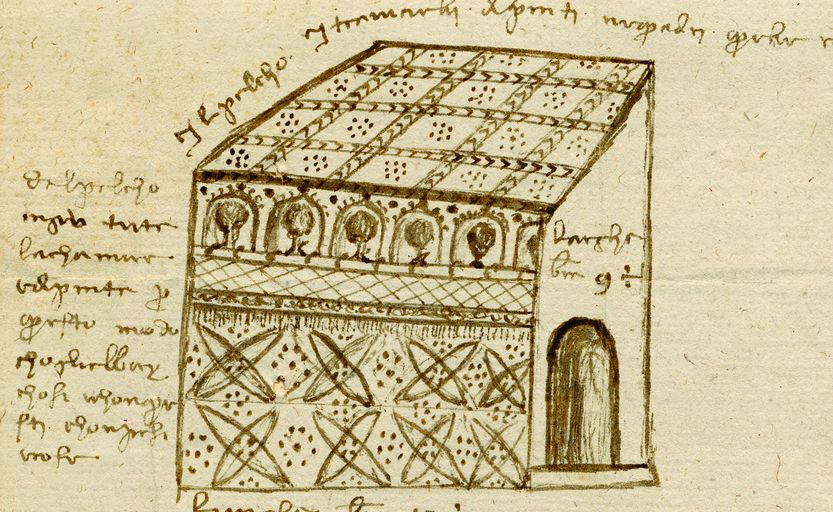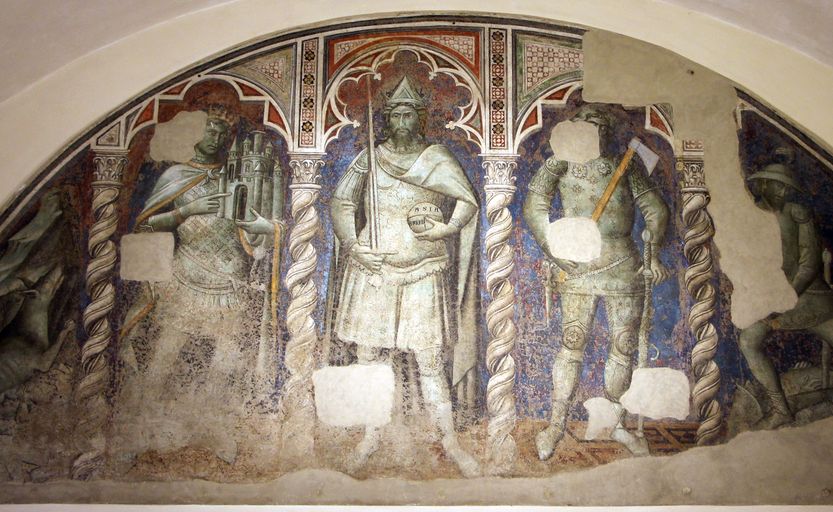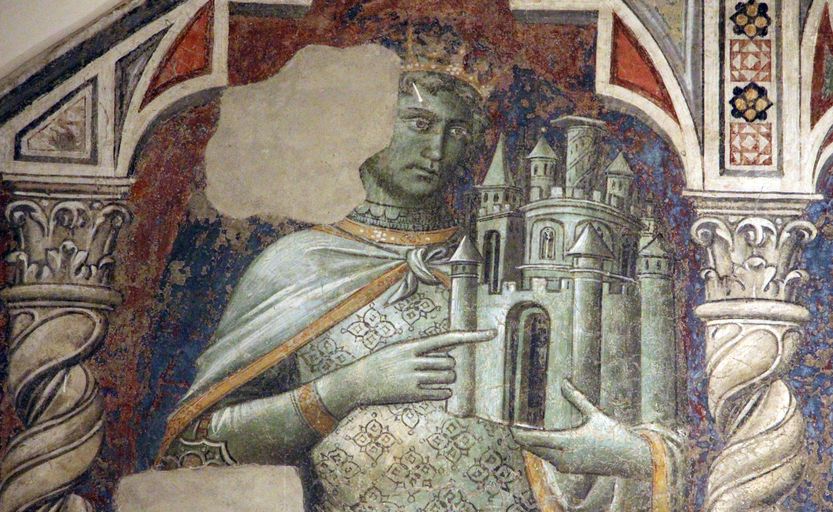
Datini Palace In the historic center of Prato, the life and legacy of one of the greatest merchants of the Middle Ages
Welcome to Datini Palace: the epicenter of a medieval trading empire!
In the heart of Prato, stands the incredible Datini Palace, home of Francesco di Marco Datini, a merchant magnate whose fame stretched like a ray of light across the continent. Built in 1383, this magnificent building between via del Porcellatico and via ser Lapo Mazzei is an embodiment of medieval wonder. Each fresco tells breathtaking stories, while the exterior in its majestic features testifies to the mercantile grandeur of the era.
After years of success as a merchant in distant Avignon, Francesco Datini decided to return to his beloved Prato. Here, with an unparalleled vision, he built an unprecedented palace, entrusting famous artists of the time, such as Niccolò di Pietro Gerini, Agnolo Gaddi, Bartolomeo di Bertozzo and Tommaso del Mazza, with the honor of adorning courtyards and interiors with astonishing frescoes. This sumptuous residence was the meeting place for sovereigns, nobles and illustrious figures, a business and representation centre.
Today, on the ground floor, the building transformed into a museum welcomes you with open arms. Here you can admire not only the breathtaking frescoes and the enchanting residence, but immerse yourself in the history of Datini and its economic exploits, as well as the creation of this architectural marvel.
And there's more: within this extraordinary structure, you will find two prestigious institutions. The State Archives of Prato, custodian of the merchant's documentary heritage, and the Francesco Datini International Institute of Economic History, a renowned global study centre. Scholars from every corner of the world come here to explore testimonies of inestimable value, which still make the greatness of Francesco Datini shine today.
Information
- Via Ser Lapo Mazzei, 43 - Prato (PO)
Ticket: free entrance
Accessibility for disabled: yes
Website: www.museocasadatini.it
Phone: 0574 963291
Typology: Villas and palaces
It is part of the itineraries: City break in Prato


